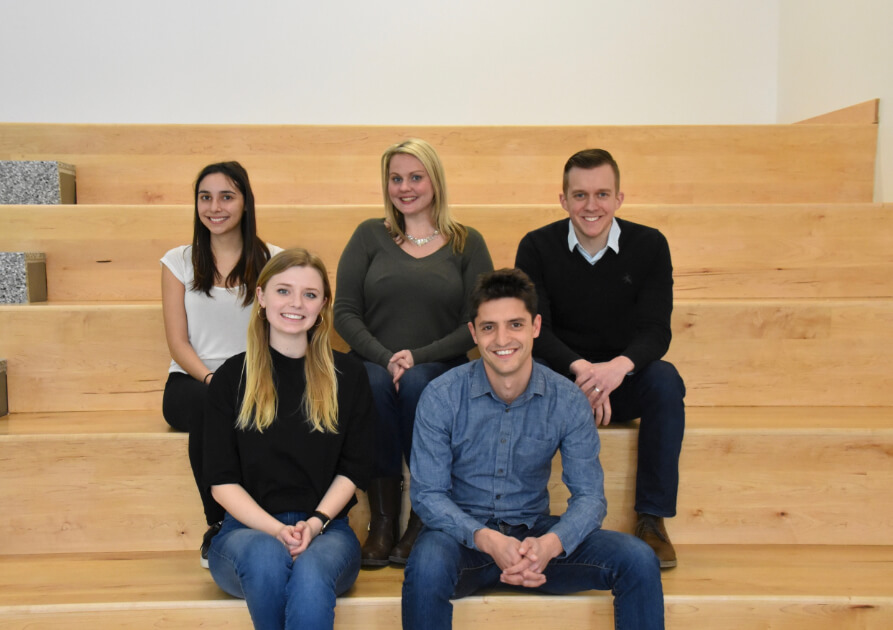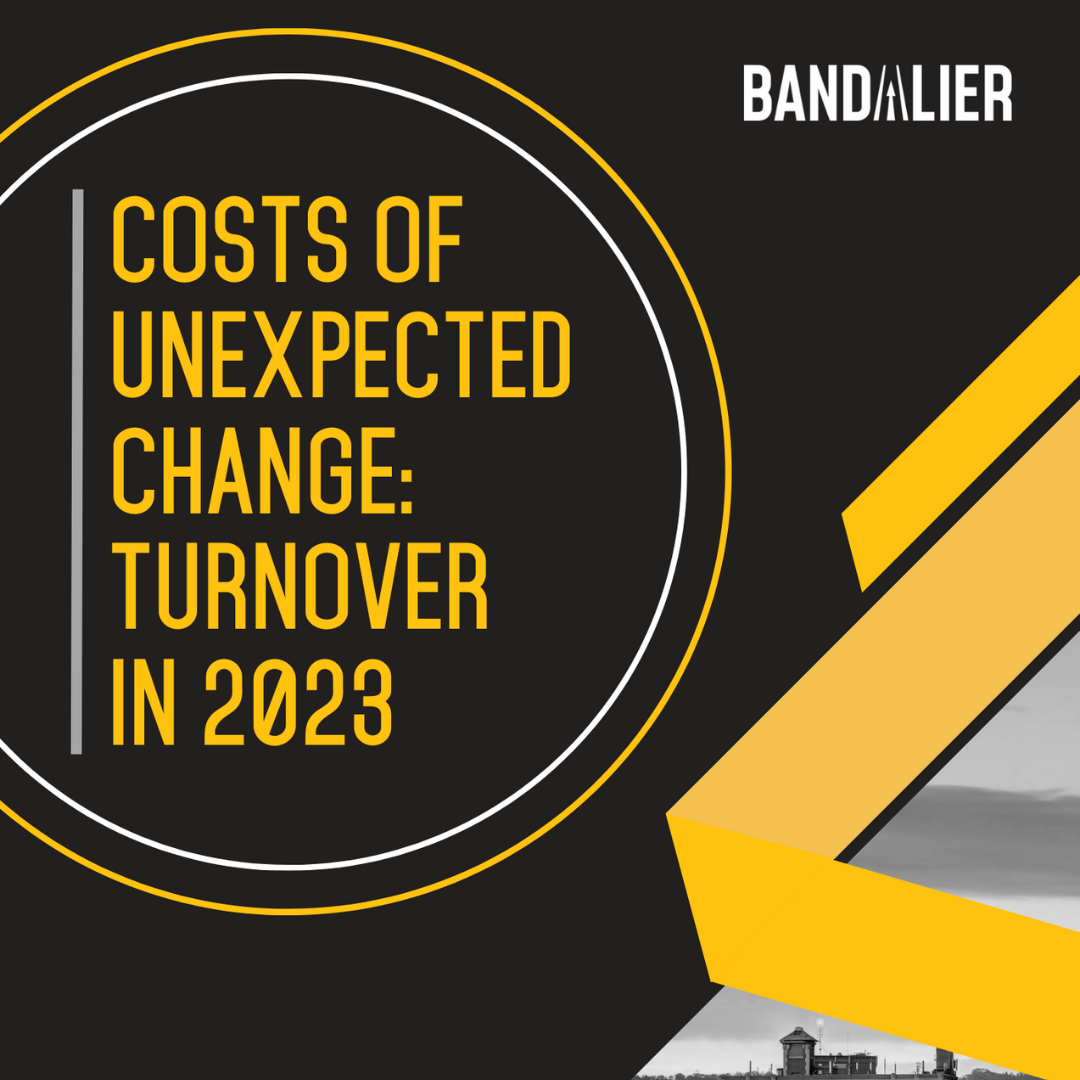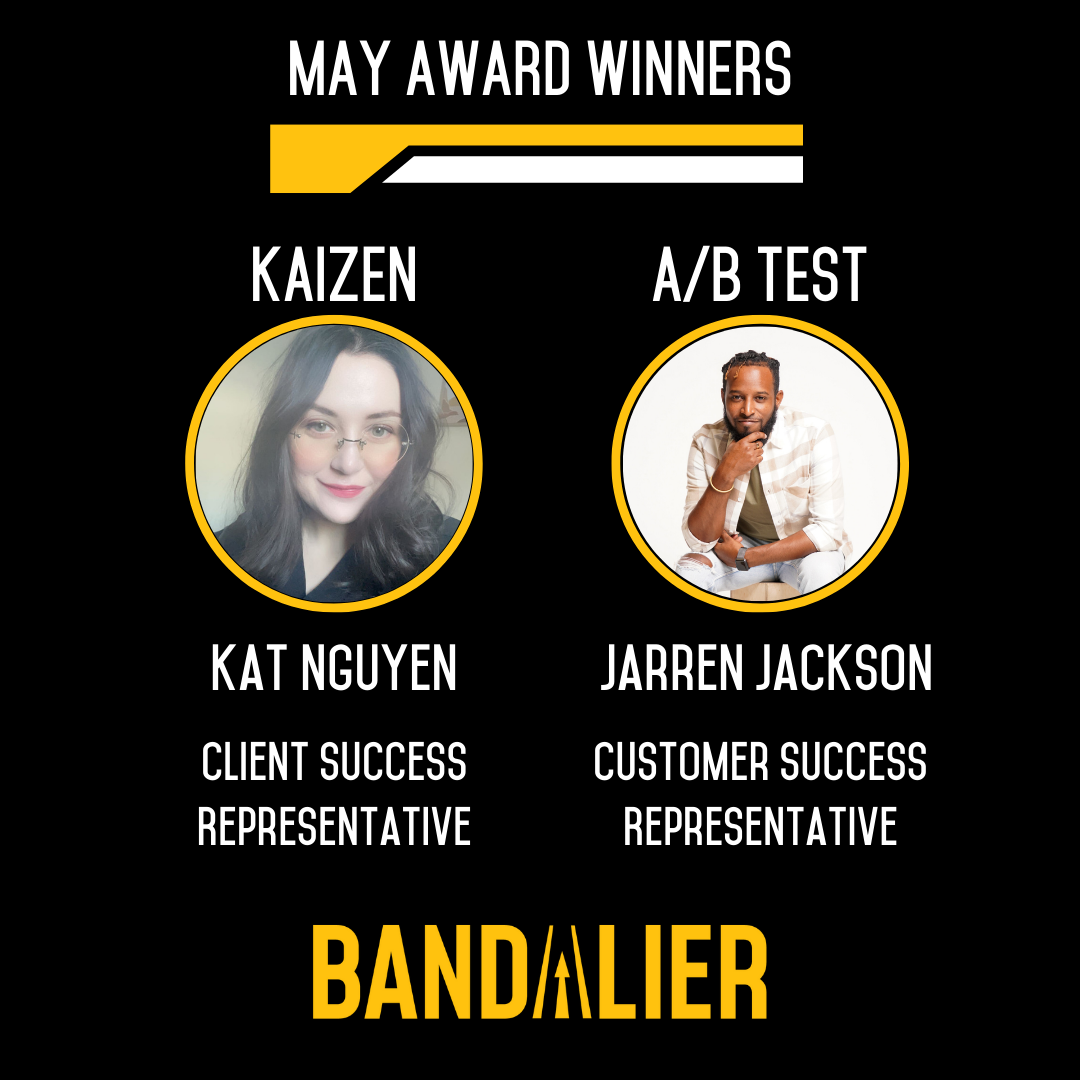As a word, ‘outsourcing’ doesn’t have a great connotation. Though ‘do your best and outsource the rest‘ has followers among some management gurus, decades of lessons from outsourced manufacturing have taught many businesspeople to think of outsourcing as being synonymous with poor quality and a lack of control. No surprise, then, that when we talk to prospects about Bandalier’s managed service offerings, we’re often met with questions about our ability to deliver quality relative to an in-house team.
But we’re firm believers in the idea that, when done right, outsourced inside sales programs can not only be cheaper than in-house setups (which isn’t surprising to most people) but can also deliver better results (which is). Here are three reasons why:
1) Analytics and Benchmarking. There’s a reason we add program benchmarks to our analytics dashboards. As a general rule, the ability to compare dozens of different programs against each other affords us insights into what’s working and what isn’t that are simply much harder to generate internally.
Think of it this way: if you were teaching your first child to ride a bicycle for the first time, you’d likely be able to identify errors or mistakes after a short while watching them and comparing the way they ride a bike to the way you do. But if you had years of experience coaching dozens of people on bike riding, you’d likely be able to surface those insights much more quickly, since you’ve seen the same mistakes made and the same tactics work dozens of times.
The same principle applies to B2B sales outsourcing: the more inside sales people you see, the more role plays you perform, the more channels you’ve used in different contexts, and the more leads you’ve generated, the quicker you are to course correct. It’s what allows our programs to get better, faster. It’s worth noting that the advent of new technology over the last decade has actually made this advantage more pronounced: tools like Outreach and Sisense allow us to ingest thousands of cross-program data points that help inform our decision making.
2) Training and Development. One of the core reasons companies work with us is that we’ve built out an entry-level SDR curriculum. Building training for entry-level sales people – and then actually doing the work of training them – takes time. It isn’t like, say, hiring a software engineer with years of experience in a particular programming language and putting them to work building your new widget. Though some sales training is undoubtedly specific to the product being sold, most of it involves psychological underpinnings and tactical approaches that are common to most forms of inside sales.
For that reason, it generally makes sense not to reinvent the wheel and instead partner with an outsourced sales company that has training modules built out, and whose training practices have been refined over time. Moreover, in doing so, you receive the ongoing benefit of continuing training, role plays, and management for your reps, something that is routinely overlooked, particularly in early-stage start-ups.
3) Outside Insights. Qualitative feedback is one of the more under-appreciated upshots of any well-designed sales as a service program. Imagine hiring someone to call 100 people a day and get feedback for you on your product offering. Now imagine those 100 people also happen to be people who represent your ideal customers. That is effectively part of what you get with outsourced inside sales teams. Of course, you could also get that feedback from an internal team performing the same activity.
But there’s a reason many companies hire outside firms to perform market research for them. When the folks performing outreach are not in your product development meetings, don’t have the same tunnel vision that is inevitable with any member of an in-house team, and have the added context of having performed the same type of outreach for other products, the insights they are able to surface are often of a different (and more informative) nature. It’s no wonder why our clients are always telling us the prospect feedback they get is among the most important value-adds of their Bandalier teams.
3 Reasons to Build an Outsourced Inside Sales Team














